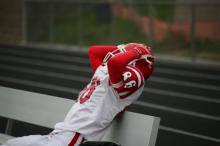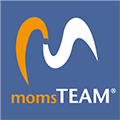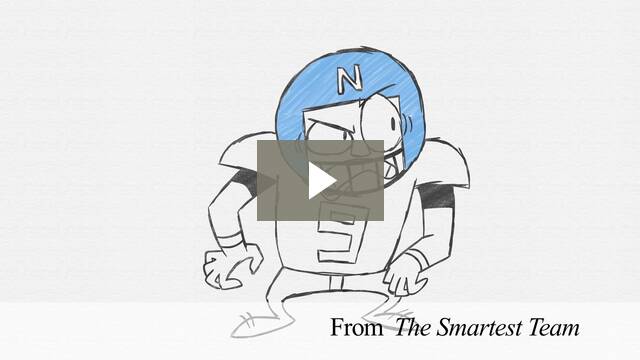
If an adult experiences an acute, sudden onset of chest pain, most people would say that the decision about whether that person had or is having a heart attack should be made by a doctor, that if you suspect something serious is going on, the person should get checked out right away by a medical professional. No smartphone app or test can - or should - take the doctor's place.
The same is true for concussions, say the experts.
If a parent, coach, or game official has reason to suspect that a player has suffered a concussion playing sports, the athlete should be checked out right away by a medical professional.
No matter what anyone may tell you, no smartphone app or sideline test can put a parent or a coach in a position to diagnose a concussion or determine on the sideline that it somehow safe for an athlete to return to play.
That job can ONLY be done by a licensed medical provider.
End of story.
Recognize, remove, refuse, refer
When it comes to concussions, experts say, parents and coaches need to follow five simple rules:
1. Recognize: Be on the lookout for hard hits, crunching tackles, helmet-to-helmet contact, and signs that an athlete may be concussed (see below). If you see a player showing any signs of concussion, or the player reports to an adult or a teammate - either during the game or in the hours or days after a game or practice - that they are experiencing any symptoms of concussion, a concussion should be suspected.
2. Remove: If a concussion is suspected, the player must be removed immediately from the game or practice. It'sthe law in all 50 states and the District of Columbia (at least for high school athletes, and for an increasing number of states and local jurisdictions, middle school and elementary-age athletes in school and private sports programs as well. Even if removal is not required by law, it is what experts unanimously agree must be done.
4. Refuse: After an athlete is removed, refuse to allow him or her to play under any circumstances, no matter the score of the game or that the athlete tells you they feel fine. Again, it's the law. To prevent any possible return, it is good idea to take the player's helmet or other piece of equipment (baseball glove, hockey stick etc.) they need to play.
5. Refer: An athlete with suspected concussion should be referred to a health care professional qualified to diagnose concussions for a complete clinical examination. Put another way, that a parent or coach even suspects that an athlete may have a concussion is reason enough for the parent/coach to remove the athlete from participation until assessed by a medical provider.
Remember: No game is more important than a child's health. Youth athletes are kids. They are not adults. They are not being paid to play sports. It is up to adults to protect them from harm. It is an awesome responsibility, not to be taken lightly. Simply put, a coach unwilling to follow or enforce these rules should NOT be coaching. Shame on the parent who pressures the coach or his or her own child to put their health at risk by continuing to play with a possible concussion, or on a doctor to clear their child to return to play before they have fully recovered.
Signs of possible concussion requiring removal from play
A concussion should be suspected on the sports sideline, and the athlete immediately removed from play and not permitted to return the same day, if any of the following signs are observed after a direct or indirect blow to the head:
- loss of consciousness (LOC)
- the player was lying motionless on the ground or was slow to get up
- the player exhibits balance or motor coordination problems (athlete stumbles, has slow/labored movements or unsteady gait)
- the player is disoriented or confused (inability to respond appropriately to questions; not aware of plays or events)
- the player exhbits a loss of memory (post-traumatic amnesia)
- the player has dazed, blank or vacant look on face;
- player has visible facial injury in combination with any of the other signs.
| Concussion Symptoms |
|---|
| 1. Headache (reported as symptom by 94.2% of high school athletes |
| 2. Nausea (reported by 31.4% of high school athletes) |
| 3. Vomiting |
| 4. Balance problems |
| 5. Dizziness (reported as a symptom by 75.6% of concussed high school athletes) |
| 6. Fatigue |
| 7. Trouble falling asleep |
| 8. Sleeping more than usual |
| 9. Sleeping less than usual |
| 10. Drowsiness |
| 11. Light sensitivity (reported as a symptom by 36.0% of concussed high school athletes) |
| 12. Noise sensitivity |
| 13. Irritability |
| 14. Sadness |
| 15. Nervousness |
| 16. Feeling more emotional |
| 17. Numbness or tingling |
| 18. Feeling slowed down (e.g. slower reaction time) |
| 19. Feeling mentally "foggy" |
| 20. Difficulty concentrating (54.8% of concussed high school athletes report this symptom) |
| 21. Difficulty remembering |
| 22. Visual problems |




